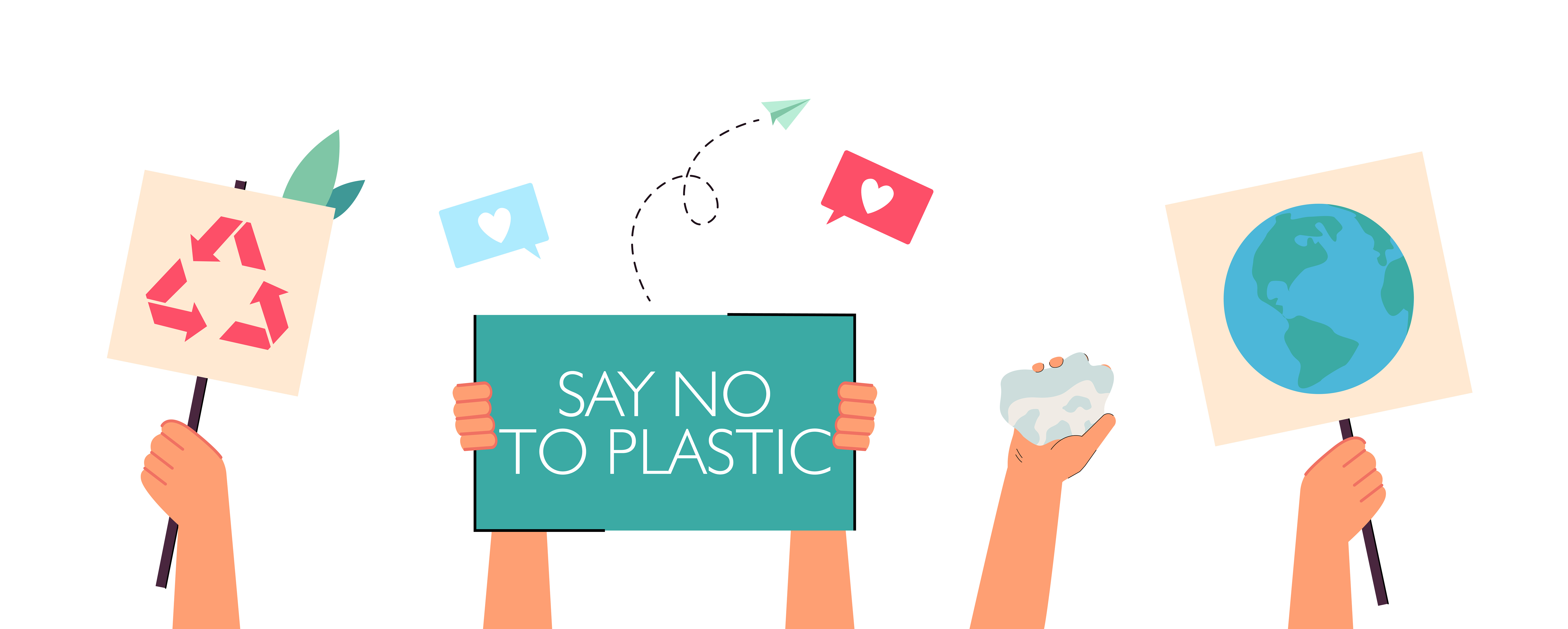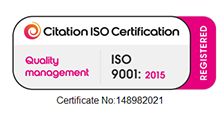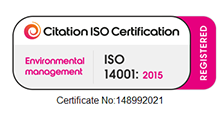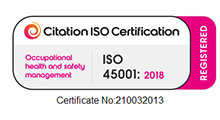A Future Without Single-Use Plastics
Plastic By Numbers
Plastics have been around since about 1950 and, that year, its production resulted in about two million tonnes (MT) of plastic pollution. By 2020, the exponential growth in plastic production increased that figure to about 400 MT. At this rate, plastic production is expected to double by 2040 and increase by 2.5 times by 2050. Unless we change how we make and manage plastics, the problem of plastic pollution will keep on growing.
Dangers Of Single-Use Plastics
Nearly all plastics are made from petroleum-based products. The process of manufacturing contributes to pollution and global warming. As a post-consumer product, plastic is one of the biggest waste issues we face. Oceans, landfills, streets, and more face the plastic waste crisis.
Every piece of plastic ever produced is still on the planet in some form. Plastic products are in landfills, polluting the waterways and breaking down into smaller pieces known as microplastics. Scientists have discovered microplastics in every living thing, from plants to animals to humans of all ages, including babies. It’s in the soil, the water and the air.
Although research is ongoing, plastic and the chemicals in it are believed to be responsible for health issues such as hormone-related cancers, infertility, and neurodevelopmental disorders such as ADHD and autism.

Tips For Reducing Your Plastics Consumption
- Avoid single-use plastics such as drinking straws
- If you go shopping, remember to take a cloth bag
- Recycle chewing gum... it's also made of plastic!
- Buy more bulk food and fewer packaged products
- Replace plastic Tupperware with glass or steel containers
- When hanging out washing use wooden pegs instead of plastic ones
- Make those around you aware of the importance of reducing the consumption of plastic
- Pay attention and put your plastic waste in the correct recycling container
- Avoid using cosmetics that use micro-plastics, buy a biodegradable brush, and wear natural fabrics
- Choose to reuse and give some of the packaging a new purpose
Who Is Responsible For Single-Use Plastic Waste?
- According to a 2020 brand audit by Break Free from Plastic, the Coca-Cola Company South Africa contributed a majority percentage (81.38%) of single-use plastic to our environment in the form of PET disposable plastic packaging.
- Sasol is a fossil fuel giant that manufactures a range of single-use plastic products. Low-density polyethylene (LDPE), most commonly used as packaging material and in plastic bags and cling wrap, is one such product. Many millions of tons of single-use LDPE are produced each year and much of it ends up in our rivers and oceans since it is non-biodegradable
- Unilever produces 610,000 tons of single-use plastic packaging annually and is planning to expand production into Asia.
Solution
So, what is the solution? As plastic pollution keeps increasing, it is urgent that companies take action and move towards business models that do not involve wasting the planet’s resources by turning them into disposable packaging.
Companies must prioritise reduction, to avoid creating waste in the first place and invest in reuse and refill systems to distribute their products. They need to provide clear targets for reduction and plans for how they will meet them. People all over the world are already taking action and demanding these systems be put in place. It is time for companies to follow suit and deliver the real solution—reuse.

We're committed to your privacy. Find out more.











